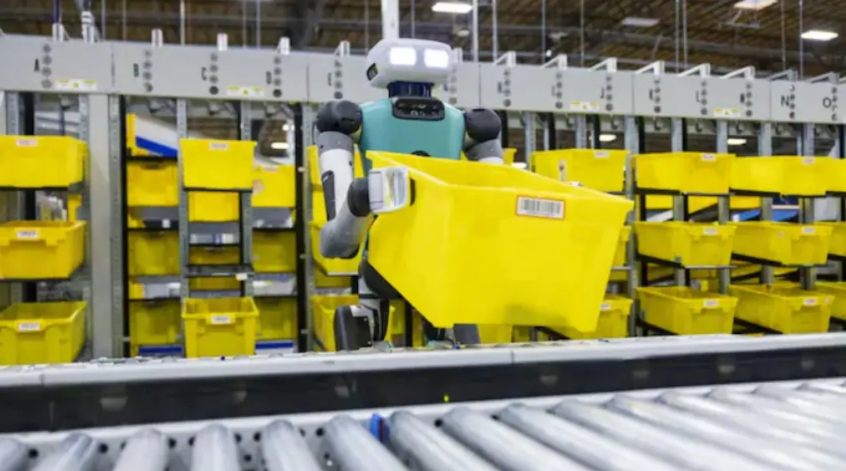Amazon is accelerating its shift toward automation as artificial intelligence and robotics continue to transform the global workforce. Companies adopting AI are cutting costs, reducing reliance on human labor, and minimizing visa-related challenges. Amazon, one of the world’s largest corporations, has already executed significant layoffs this year and is now preparing to replace up to 500,000 human jobs with robots. Analysts estimate that up to 75 percent of certain operational tasks could eventually be automated.
The company’s automation team is gradually introducing robots to perform tasks traditionally handled by humans. The plan is to deploy robots to fill 500,000 positions in the near future, with expectations to expand the program further. By 2027, Amazon aims to reduce or automate more than 160,000 jobs in the U.S. alone. Each automated task, including picking, packing, and delivery, is projected to save the company approximately 30 cents (around Rs. 26) per item.
told y’all Amazon would replace their employees with robots — and certain folks on the pod laughed & said I was being “hysterical”
I wasn’t hysterical, I was right
Amazon is gonna replace 600,00 folks according to NYTimes — and that’s a low ball estimate IMO
It’s insane to… pic.twitter.com/5o4rk5Ida8
— @jason (@Jason) October 21, 2025
Robots
By 2033, nearly 600,000 robots are expected to operate across Amazon facilities, potentially doubling production output while reducing dependency on human labor. Currently, Amazon employs close to one billion workers annually across its global operations, highlighting the scale and impact of its automation strategy.
Amazon first entered robotic automation in 2012 with the $775 million acquisition of robotics firm Kiva. Last year, the company launched its most advanced robotic fulfillment center, where roughly 1,000 robots process packages without human intervention. This move underscores Amazon’s long-term commitment to integrating AI and robotics into its logistics network, setting a benchmark for automation in the e-commerce industry.






